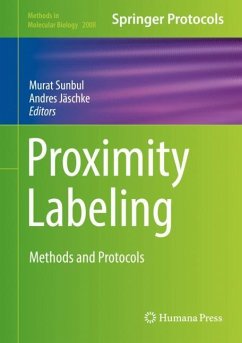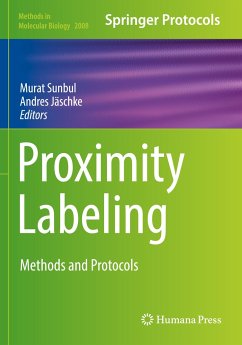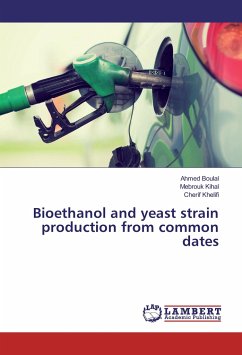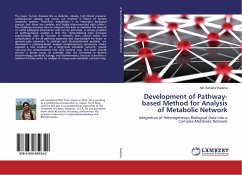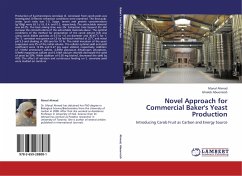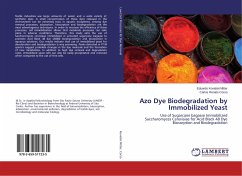
13C and fluorescence labeling in yeast metabolic studies
Visualizing the time-spatial structure of metabolic network and determination of stress status in the cells
Versandkostenfrei!
Versandfertig in 6-10 Tagen
32,99 €
inkl. MwSt.

PAYBACK Punkte
16 °P sammeln!
The present doctoral thesis provides insights into two conventional labeling techniques used in the studies of microbial metabolism - the 13C and fluorescence labeling. Application of both methods on yeast as a model organism is illustrated by two individual research topics, such as metabolic modeling and visualization of stress response by expression of GFP-tagged heat shock protein Hsp12p, respectively. The dissertation begins with a review of the yeast metabolism and metabolic network, discusses the technical details of the respective labeling experiments and concludes with analysis of the ...
The present doctoral thesis provides insights into two conventional labeling techniques used in the studies of microbial metabolism - the 13C and fluorescence labeling. Application of both methods on yeast as a model organism is illustrated by two individual research topics, such as metabolic modeling and visualization of stress response by expression of GFP-tagged heat shock protein Hsp12p, respectively. The dissertation begins with a review of the yeast metabolism and metabolic network, discusses the technical details of the respective labeling experiments and concludes with analysis of the experimental results. Special emphasis is given on the set-up of advanced continuous cultivation techniques (D-stat and auxo-accelerostat), used in the respective labeling experiments. The text is for academic researchers and students in microbiology and molecular biotechnology field.




